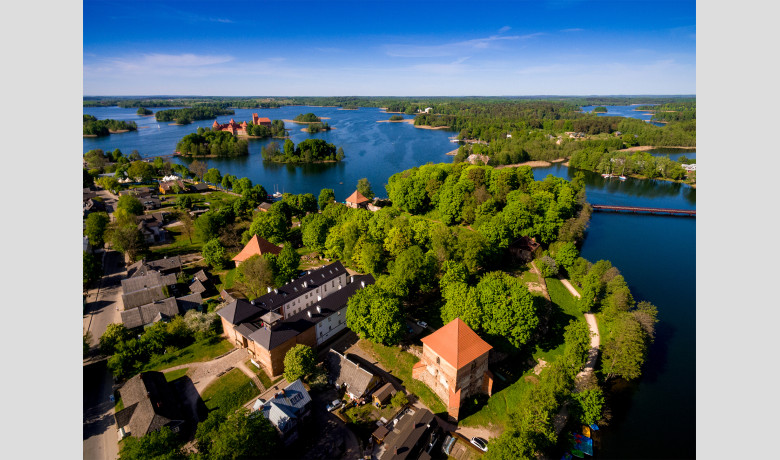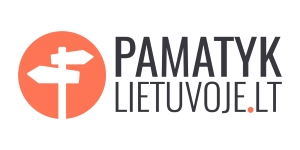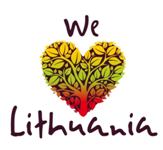Trakai region is rich in its abundance of stunningly beautiful lakes and has been heralded for centuries because of its three castles. The first one, nearly four kilometers south of Trakai old town, is the old Trakai Castle – the birthplace of Vytautas the Great built by Duke Gediminas. Naujieji Trakai Island Castle presents itself as a masterpiece of the 15th-century defensive architecture of the Grand Duchy of Lithuania! At the time this castle along with Trakai Peninsula Castle stood as proof of Lithuania’s economic and military might.
It is worth noting that this Island Castle built in gothic style and surrounded by lakes is unique not only to Lithuania but to Central and Eastern Europe as well! Meanwhile, the Peninsula Castle, much bigger in size, was one of the largest 15th-century enclosure castles in Lithuania. At the time it was not only bigger in size but more important in its role than the one built on the island.
As time went on, the role of Trakai Peninsula Castle changed. At the time an extremely important defensive castle became the place of residence of Lithuania’s grand dukes and their sons. At one time it served as a prison for high-profile enemies of Lithuania, a Dominican monastery opened at the end of the 17th century, and the Russian empire made it a place for police and the court. Finally, the Gestapo operated from there during WWII and the KGB converted it into a prison after the war.
Today the restored Peninsula Castle belongs to Trakai historical museum and is open to the public. The exposition of sacred art opened in 2005 and has more than 200 unique exhibits that reveal the church of the time. Everyone who visits here will learn about the monstrance, chasuble, barely, and so on.
Sacrifice Hill is the highest point on the peninsula, 1 of 1,000 hill forts in Lithuania. Full of deciduous trees, the 17-m high hill fort allows visitors to enjoy some of the most beautiful views – Trakai lake which surrounds the peninsula, and the red gothic-style Island Castle.
According to a legend, the name of the hill finds its roots in sacrificial pagan ceremonies that took place at the time. During mid-19th-century excavations a perforated spoon was unearthed. According to Count Eustachy Tyszkiewicz its purpose was to scoop blood during ceremonial procedures dedicated to pagan gods.
An annual medieval celebration held in the peninsula territory is noted for its exclusive atmosphere. Ancient craftsmen, traders, knights, choral ensembles sometimes even witches – all of them together create an atmosphere where the curious visitor can get to know their craft and its intricacies.
Peninsula Castle
The knowledge about Trakai Peninsula Castle comes from limited written sources. They tell us that the castle was constructed before the end of the 14th century. Also called the Main Castle, it was part of the Trakai and Vilnius defensive complex system. Surrounded by Lakes Galvė and Luka (Bernardinai), the castle, fortified with masonry defensive walls, for a while was bigger in size and played a more important role than the Island Castle which is better known and more popular with today’s visitors.
The 15th century marked the decline in the importance of the Main Castle. Castle lands were parceled away to the nobles and the castle itself became a prison for high-ranking state enemies and other convicts. The story tells that sometime later city dwellers began taking apart the castle walls for the construction of their own houses.
Peninsula Castle stands as one of the largest enclosure castles in Lithuania. These types of castles had an inner courtyard surrounded by defensive walls with embrasures, towers, and gates. Such castles were usually constructed in hard-to-reach places, surrounded by water. Bodies of water, steep embankments, and deep trenches were meant to prevent enemy soldiers from entering those castles.










